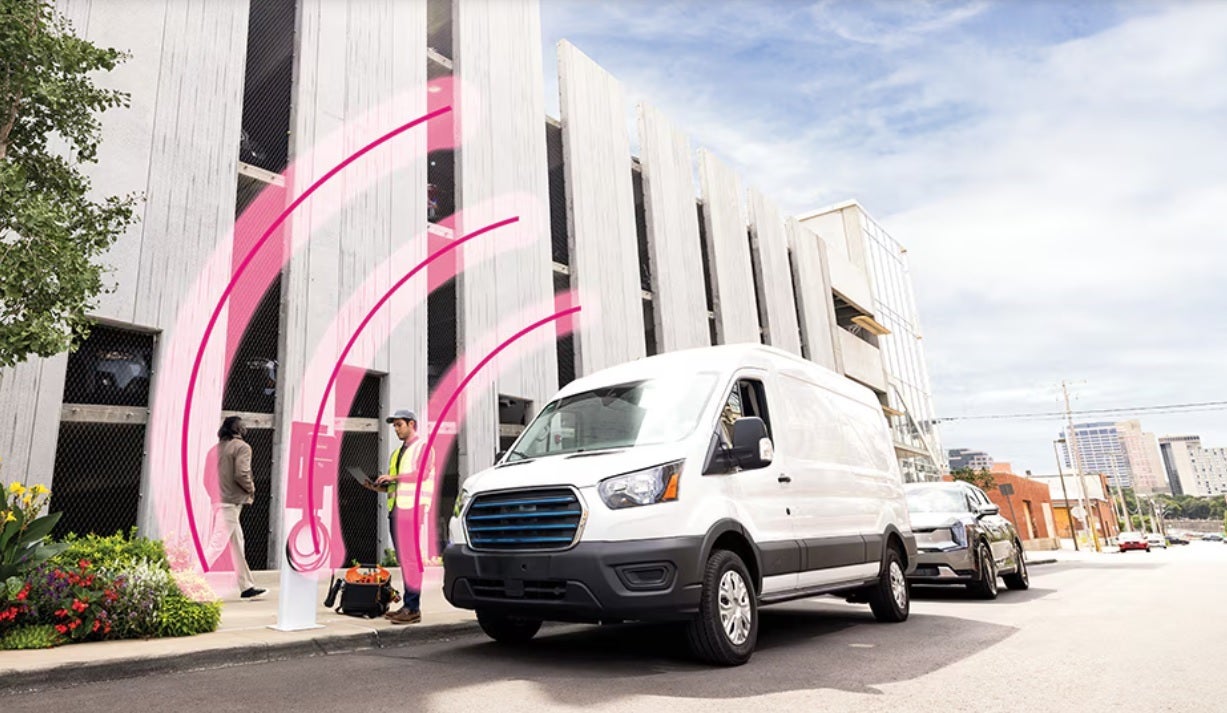” 5G connectivity provides the highest bandwidth and lowest latency communication between the AVs and the control center. This turnkey solution will enable the vehicles to navigate the streets alongside other vehicle traffic and will ensure the bandwidth we need is available to stream real-time video surveillance and two-way audio and video communications between passengers and employees.”-Craig Bowman, Director of Technology, Miller Electric< div>
Other connectivity technologies, such as Wi-Fi, have a short reach limiting the reliability and the scalability of the fleet. Thus, using an Advanced 5G network is the key to making this autonomous transit system work.

5G from T-Mobile will power autonomous shuttles in Jacksonville, Florida. | Image credit-T-Mobile
T-Mobile explains that its 5G private network will provide “highly secure, reliable two-way communications between the shuttles and the command center.” This includes real-time telemetry data collected from onboard sensors and audio and video feeds to connect employees with passengers. All of this, T-Mobile adds, will be “on the largest and fastest 5G network in America.”
“5G is the key that will unlock the autonomous vehicle future that science fiction has teased us with for years. Because T-Mobile 5G offers the flexibility to build dynamic solutions like a 5G private network, our customers can actually build the future they envision, not just imagine it. I’m excited to see how this solution will support a thriving urban corridor and give visitors convenient and futuristic transportation options.”-Mishka Dehghan, SVP, Strategy, Product, and Solutions Engineering, T-Mobile Business Group
The beauty of the plan is that no additional infrastructure needs to be built since the advanced 5G network will be placed alongside the power and fiber solutions that are used by the waterfront project. You can expect to see the shuttles on the road by the middle of next year and they will eventually help take passengers to neighborhoods near the waterfront.

